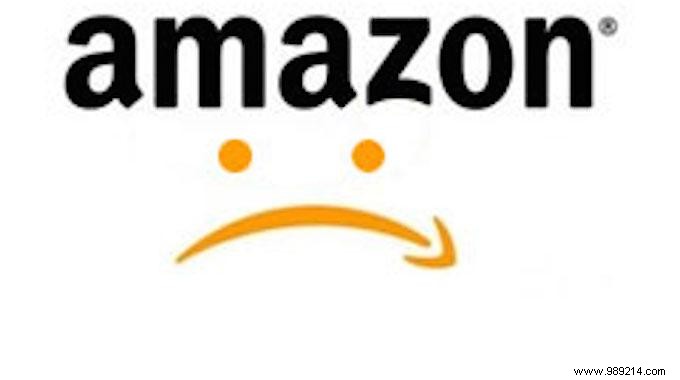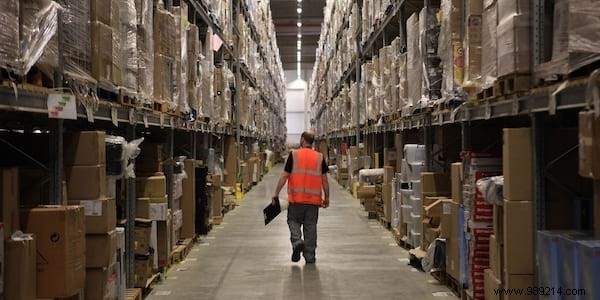
Already ordered an item from Amazon.com?
The retail giant has several assets that work in its favor.
For example, ease:a few clicks and you receive a package in the mailbox.
But above all, the prices of the e-commerce giant are unbeatable.
At least, that's what we think... Well, no! Well, that's not always the case.
A study conducted by a start-up reveals that Amazon's pricing strategy is much more nuanced than it seems.

Boomerang Commerce is a startup founded by Guru Hariharan — a former Amazon executive.
Boomerang has developed software that analyzes the pricing strategy of e-commerce sites.
Following the analysis, Boomerang advises its customers to modify the prices of their articles, according to the strategy of the competition.
These changes are based on the criteria set by the customer, in order to match or lower their own prices.
The purpose of these analyzes is, of course, to increase profits and sales for Boomerang customers.
For these analyses, Boomerang was necessarily interested in Amazon's pricing strategy.
What the start-up discovered is surprising:Amazon does not have the most competitive prices!
For e-commerce insiders, this may not come as a big surprise.
On the other hand, many ordinary consumers will be surprised to learn it.
According to Boomerang, Amazon identifies the most popular products. Then, the company lowers the prices of these products so that they beat all competition.
6 months before the holidays, Boomerang observed that Amazon started giving small discounts for a $300 Samsung TV (one of the best-selling TVs on Amazon).
Then, Amazon took advantage of the holiday season to reduce the price of this TV to €225 – well below the prices offered by the major distributors (Darty, FNAC, etc.).
But when it comes to the HD cables that often accompany the purchase of a new television, Amazon has increased its prices by 33% against its competitors.
Why?
On the one hand, these cables are not among the best-selling products in their respective category.
This means that they have little impact on consumers' perception of the price.
On the other hand, Amazon knows that a consumer is going to be less attentive to the price of an inexpensive item (like a cable).
Whereas for a more expensive item (like a television), the consumer will shop around. Clever, isn't it?
Another example:Amazon priced the best-selling wifi router 20% below the price offered by the competition.
On the other hand, when it comes to a router that sells less well, Amazon prices are up to 30% higher than the competition !
You got it:Amazon's success is in the art of understanding consumers' price perception .
For a specific product, Amazon is not necessarily going to offer the most competitive price.
But for the most viewed and best-selling products, Amazon will consistently offer the best prices.
According to Boomerang, the e-commerce giant is changing its prices on an inconceivable scale. During the holidays, the study estimates that Amazon has changed the prices of his items 10 billion times !
The e-commerce giant's strategy is to guide consumer thinking.
So what lesson can we learn from studying Boomerang?
Next time you make a purchase on Amazon, don't just shop around for big ticket items.
To save even more, take the time to compare the price of less popular products too!
There you go, you know how to outsmart Amazon. :-)
And you ? Do you know any other tips or good advice for e-commerce? Share them with us in the comments. We can't wait to read you!